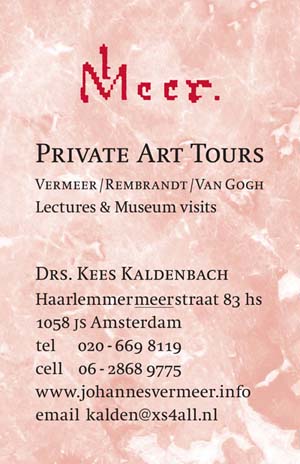 Online Rijksmuseum Amsterdam Visitors Guide
Online Rijksmuseum Amsterdam Visitors Guide  Online Rijksmuseum Amsterdam Visitors Guide
Online Rijksmuseum Amsterdam Visitors Guide See the Online Menu of related Mannheimer articles by the same author.
Updated better web site at www.johannesvermeer.info
Rijksmuseum, Amsterdam. Room 2.3:
Wenzel Jamnitzer (1508-1585), Merkel's Table Piece (Merkelsche Tafelaufsatz), 1549, inv. nr. BK-17040-A.
12 September, 2018.
 ...(Photo Kaldenbach, 2014)
...(Photo Kaldenbach, 2014)
...(Photo Kaldenbach, 2014)
In order to get the top view, one has to keep the camera extremely high.
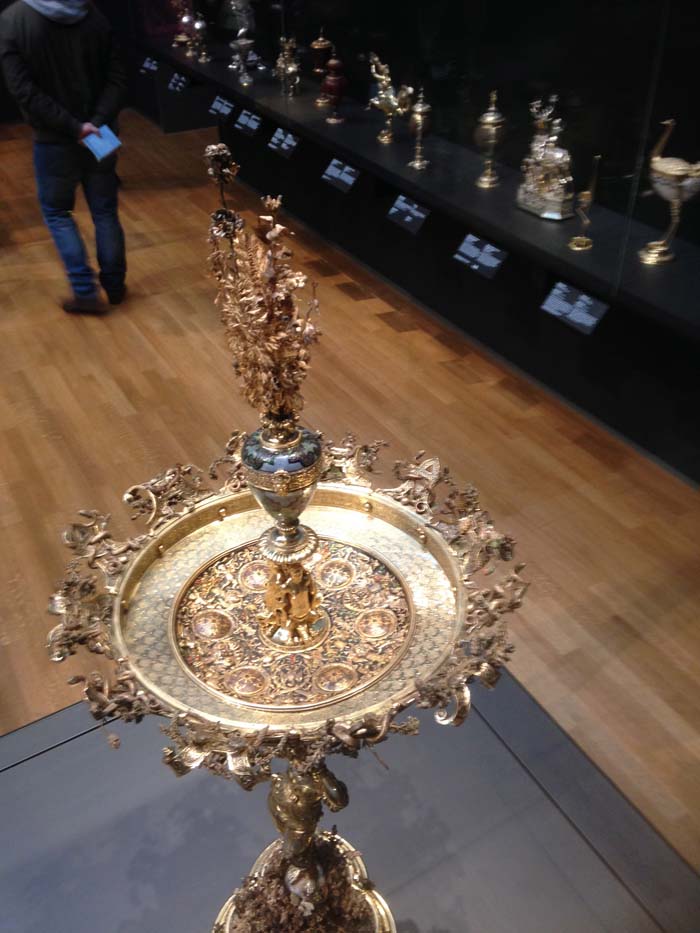 .(photo Kaldenbach, 2014).
.(photo Kaldenbach, 2014).
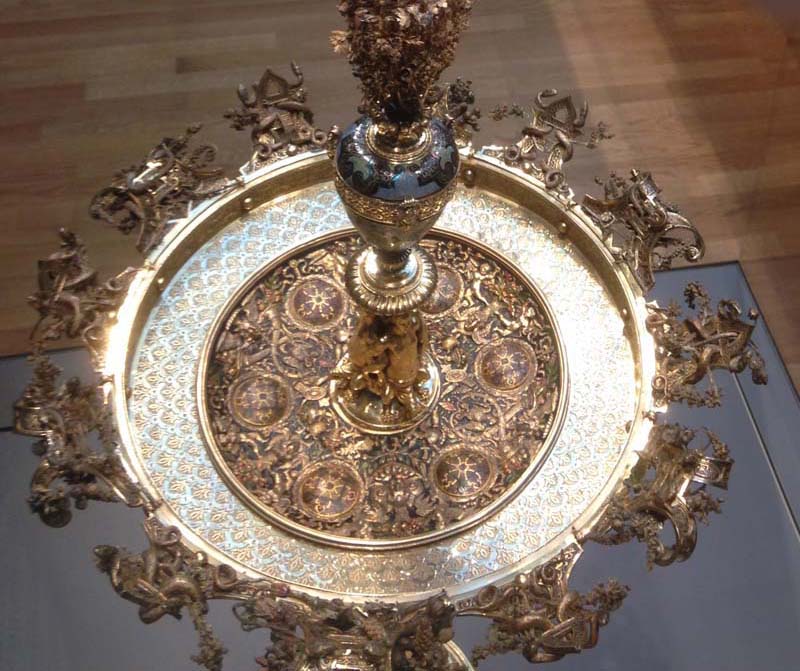 .(Photo Kaldenbach, 2014)
.(Photo Kaldenbach, 2014)
 .(Photo Kaldenbach, 2014)
.(Photo Kaldenbach, 2014)
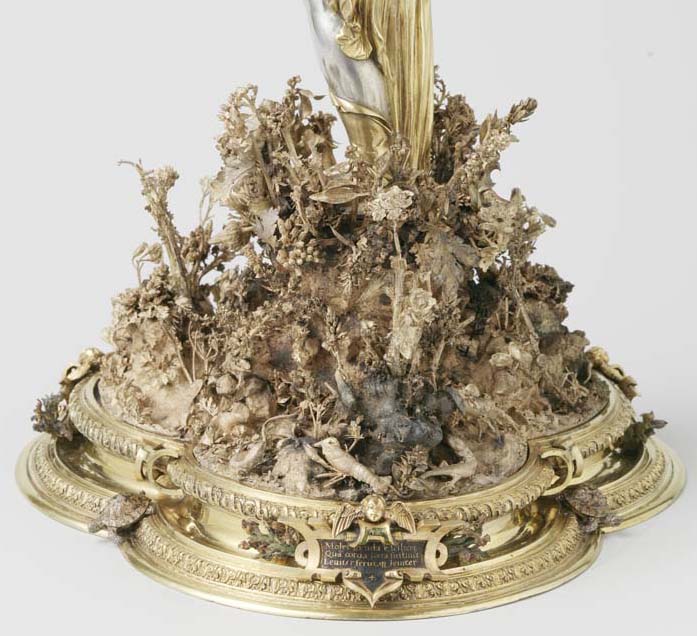 ...Photo Rijksmuseum.
...Photo Rijksmuseum.
 ..Photo Rijksmuseum.
..Photo Rijksmuseum.
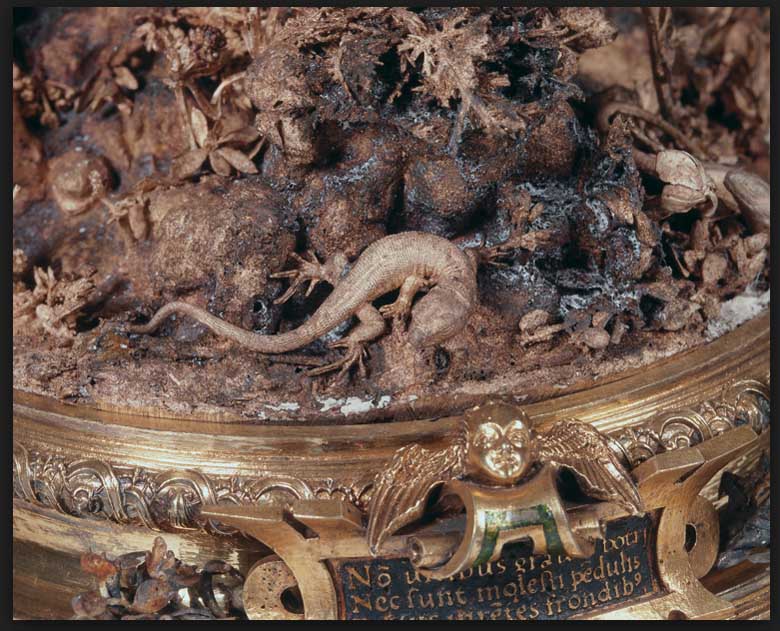 ...Photo Rijksmuseum.
...Photo Rijksmuseum.
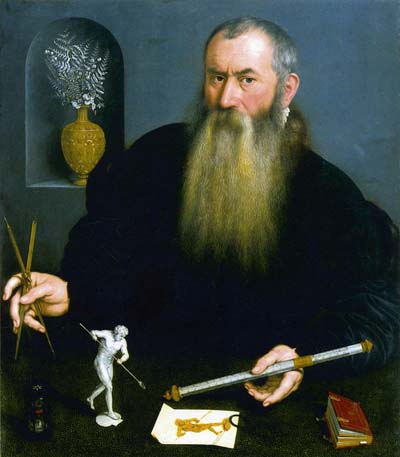 The chalice cost the princely sum of over 1200 Guilders, paid by the city council of Nurnberg. It may have been intended as a great gift to a visiting dignitary.
The chalice cost the princely sum of over 1200 Guilders, paid by the city council of Nurnberg. It may have been intended as a great gift to a visiting dignitary.
Some of these plants and animals were once REAL plants and animals, who were sacrificed by Jamnitzer to get a perfect casting. The casting and silver smelting and pouring processes were incredibly crafty and complicated.
Above the female head one may read this caption in Latin: "I am the Earth, Mother of all, loaded with the costly weight of the fruits emanating from me". This text identifies the table piece as an elaborate chalice intended to hold fruit. With fruit on it, it gains its full meaning and glory.
This entirely over-the-top, outrageous, exquisite, highly ornamented silver table-top art object is now considered one of the world’s high points in silver-smithing.
In 1880, the heirs of Paul Merkel sold the object for 600.000 Reichsmark to the banker Baron Karl von Rothschild in Frankfurt an Main.
His heirs kept it in Paris and sold to Mannheimer in 1937.
It was valued in 1939/40 at f 100,000 (Dutch guilders).
Entirely conceived in the pagan philosophy, thus outside the Christian fine art tradition, it celebrates Mother Nature and her many-folded creative powers, like a cornucopia.
In its creation process, Jamnitzer took real plants, flowers, animals, encased them in sand or mud, dried them and made delicate silver castings with molten metals. The present day Rijksmuseum restoring staff has tried to recreate the castings of tiny leaves and insects with vacuum technology, but did not succeed at all in the way Jamnitzer did!
The castings are so delicate that cleaning them presents a big challenge. One of the more succesful techniques is blasting it with short pulses of laser light.
In the museum this delicate object is now housed in the most expensive case of all, with an inner technical shearing X system able to lift the glass cube while the object stays safely put. Small persons must be lifted to gasp at the ornate inner chalice above. Ideally the base should be lower.
Provenance: Merkel was one of the former owners of this object. It was also kept as a prize posession in the Town Hall of Nurnberg up to 1808.
During his incessant table talks, Hitler boasted that he had succeeded in buying this object from Jewish hands (= Mannheimer), beating the mayor of Nuremberg who also coveted it.
Air marshall Hermann Goering also desparately wanted to buy the Mannheimer collection. Hitler however took his right or way, the Fuehrervorbehalt.
A scientific article on this object in German by Klaus Pechstein.
More on Wenzel Jamnitzer, see Wikipedia.
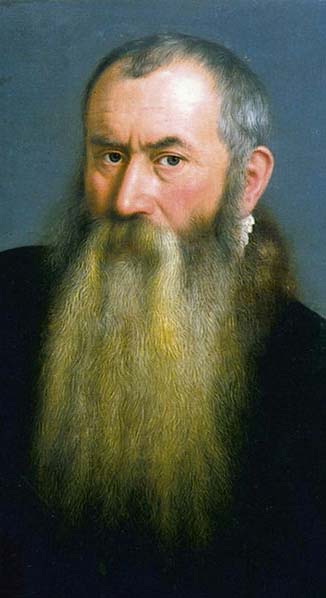
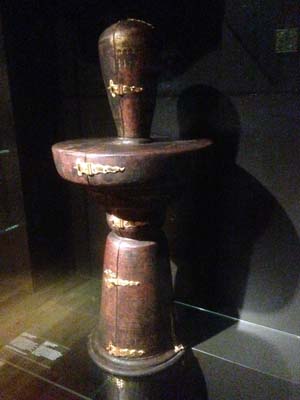
This large fitted leather container (foudraal), wood cobered in red leather with gilding patterns on the outside, with brass fixtures, the inside lined with black sammartin-silkmade, was all put together by a Neurenberg case-maker, in 1549. for the grand sum of 70 Guilders.
is exhibited two floors below in the basement, at the very end of room 0.7.
============= The material below is for those who andt to dive deeply into the matter. ================
My notes made from Dutch archival material: in Rijksarchief, The Hague, SNK, Bureau herkomst.
Letter Rijksmuseum on SNK 2 Nov 1948
4 boxes sealed by the Dutch Customs with Mannheimer goods, 27/28 paintings plus drawings, Mannheimer items from Paris. In Paris the collection was stored at Chenue firm, 5 Rue de la Terrasse.
Transferred by military car from The Hague to Rijksmuseum.
Dutch text, my notes:
Brief Rijksmuseum aan SNK, 2 nov 1948
4 door de douane verzegelde kisten met Mannheimer, 27/28 schilderijen plus tekeningen Mannheimer afkomstig uit Parijs. In Parijs stond de collectie bij Fa Chenue, 5 Rue de la Terrasse.
Per militaire auto overgebracht van Den Haag naar Rijksmuseum.
=================
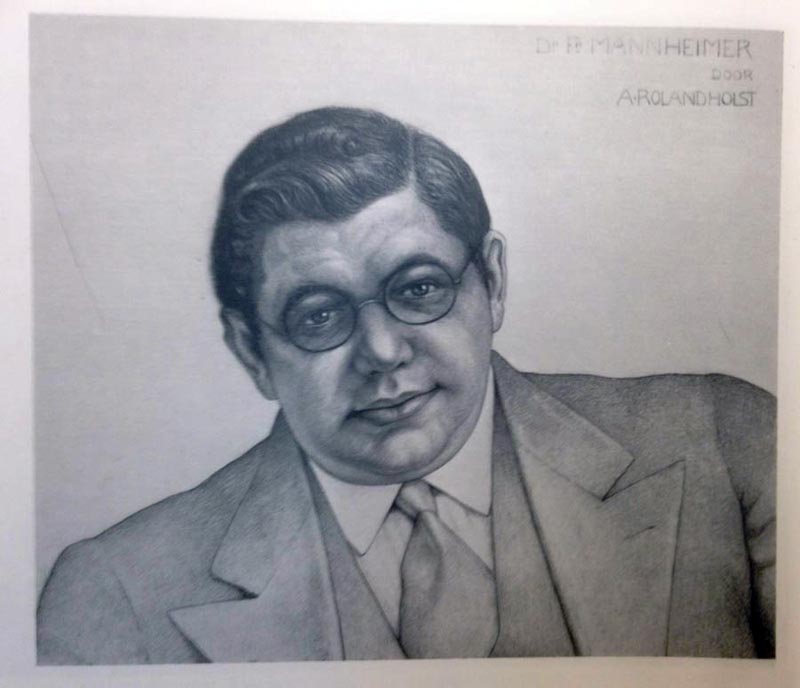 Explore the Mannheimer collection. Will you go by yourself ? Before visiting the museum, print this page or open it on your tablet / iPad.
Explore the Mannheimer collection. Will you go by yourself ? Before visiting the museum, print this page or open it on your tablet / iPad.
For easy reference you may also use a free Floor Plan which you may get at the circular desk of the Rijksmuseum atrium.
These objects, once owned by Mannheimer, and later on by Hitler, were recuperated by the allied Monuments Men at the end of World War 2. In 1952, after some serious wrangling, these objects were officially deposited by the Dutch State in the Rijksmuseum, Amsterdam. It now holds about 98% of the surviving Mannheimer collection.
The Scheme all the way below explains the history of the Mannheimer collection.
My query started from a sense of wonder and amazement after the Rijksmuseum reopened in April, 2013 and hundreds of important exhibited items were for the first time labelled as coming from Mannheimer’s treasure.
Below you will find inventory numbers.
If you desire to read much more, do the following: Online, open a new Google page and ask for Rijksmuseum + the given inventory number. This will yield complete information.
Author Drs Kaldenbach is ready to give you a first-class private art tour of the Mannheimer collection in the Rijksmuseum.
This object is located in room 2.3. Many of the objects in this room were part of the Mannheimer collection of 3000 objects.
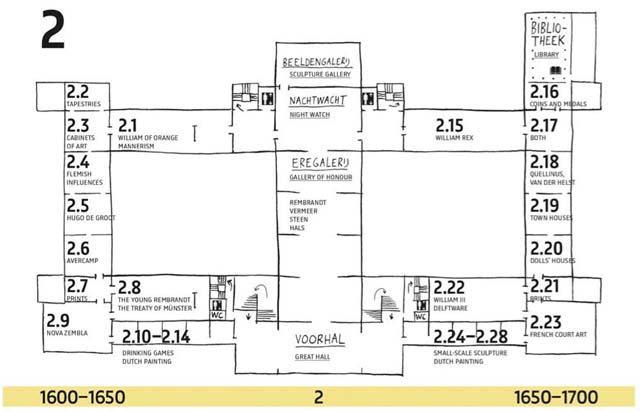
Further reading, with a major article with 130 notes online: http://kalden.home.xs4all.nl/mann/Mannheimer-menu.html
Final remarks:
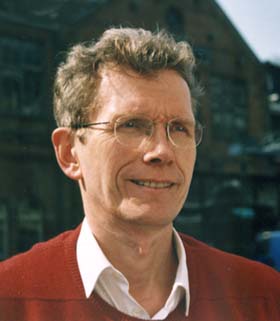 With hindsight the Dutch museums - other than the Amsterdam Rijksmuseum - did not receive their allotted 20% part of the remaining Mannheimer treasure. No archival document has yet surfaced to explain why the Rijksmuseum in the end was to keep about 98% instead of the intended 80%. One may consider that the body of the entire Dutch museum collections put together (called Collectie Nederland) may in the end have been optimally furthered by the concentration in one place, the Rijksmuseum. Having received this outstanding applied art collection, it gained leverage to acquire more related high quality objects.
With hindsight the Dutch museums - other than the Amsterdam Rijksmuseum - did not receive their allotted 20% part of the remaining Mannheimer treasure. No archival document has yet surfaced to explain why the Rijksmuseum in the end was to keep about 98% instead of the intended 80%. One may consider that the body of the entire Dutch museum collections put together (called Collectie Nederland) may in the end have been optimally furthered by the concentration in one place, the Rijksmuseum. Having received this outstanding applied art collection, it gained leverage to acquire more related high quality objects.
After the recuperation in 1945, the Dutch State had already ordered the auctioning off of the less valuable remainder in 1952. The first Mannheimer auction had already taken place during the Nazi occupation of the Netherlands; secondary quality items were then sold off.
=====================================================
Scheme below explaining the history of the Mannheimer collection.
In 1952, the remaining parts of the Mannheimer treasure not allocated to Dutch museums were also auctioned off in Amsterdam. The proceeds went to the remaining creditors from the 1939 surseance of the bank, and perhaps also to the Dutch state for taxes. The sale was comprised of 476 numbered items. Objects ranged from a large terracotta wall object by Della Robbia that went for f 6,000 to much lower prices for minor items. In the furniture section the highest prize was for a set of matched furniture for f 24,500. One tapestry reached a high of f 6,200, and one bronze lustre object fetched f 45,000. The highest runaway price was for a set of 24 ‘vermeil orfevri’ plates, 25 cm in diameter that went for a stunning f 340,000. However, most of the prices for the 476 sold items lay much lower, in the range of a few hundred guilders.
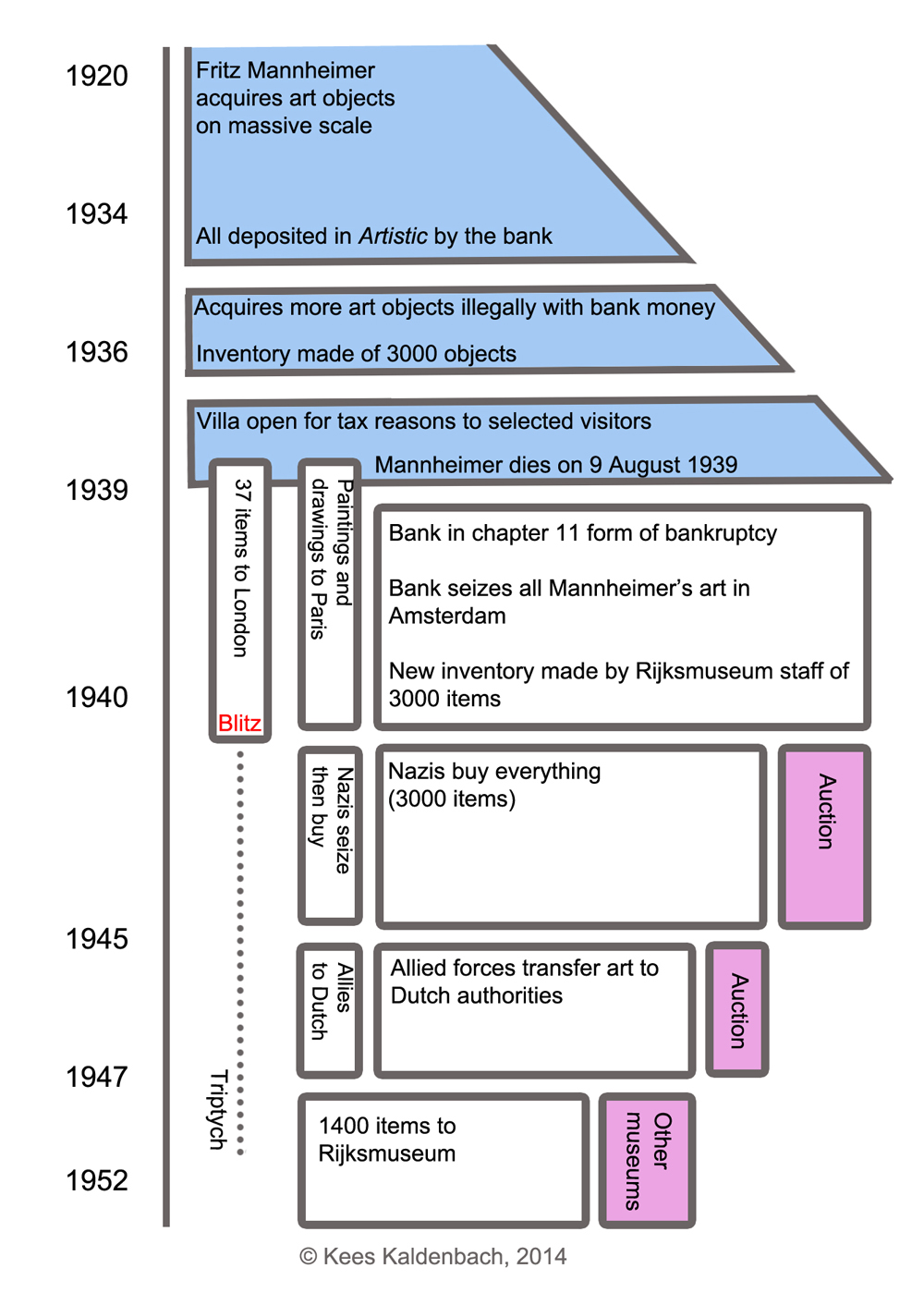

Third party testimonials about Drs Kaldenbach
Reaction, questions? Read client testimonials.
Drs. Kees Kaldenbach, art historian, kalden@xs4all.nl Haarlemmermeerstraat 83hs, 1058 JS Amsterdam (near Surinameplein, ring road exit s106, streetcar tram 1 and 17).
Telephone 020 669 8119; cell phone 06 - 2868 9775.
Open seven days a week.
Amsterdam Chamber of Commerce (Kamer van Koophandel) number of Johannesvermeer.info / Lichaam & Ziel [ Body & Soul] is 3419 6612.
E mail esponses and bookings to art historian Drs. Kees Kaldenbach.
This page forms part of the 2000+ item Vermeer web site at www.xs4all.nl/~kalden
Launched December 3, 2014. Updated 7 March, 2018.
An exceptional Rembrandt: Uyttenboogaard in the Rijksmuseum
Adriaen Coorte, by Quentin Buvelot, book & exhibition catalogue.
De Grote Rembrandt, door Gary Schwartz, boek.
Geschiedenis van Alkmaar, boek.
Carel Fabritius, Tentoonstellingscatalogus.
Frans van Mieris, Tentoonstellingscatalogus.
From Rembrandt to Vermeer, Grove Art catalogue, book.
Vermeer Studies, Congresbundel.
C. Willemijn Fock: Het Nederlandse interieur in beeld, boek.
Het Huwelijksgeschenk (1934), boek over de egoïstische vrouw, die haar luiheid botviert.
Zandvliet, 250 De Rijksten van de Gouden Eeuw , boek + nieuwe stippenplattegrond!
Ik doe wat ik doe, teksten van Lennaert Nijgh , boek + cd
Het Rotterdam Boek, boek.
Bouwen in Nederland 600 - 2000, boek.
Hollandse Stadsgezichten/ Dutch Cityscape, exhib. cat.
Zee van Land / over Hollandse Polders (NL) boek
Sea of Land / about Dutch Polders (English) book
A full article on the large portrait of the marvellous preacher Uytenboogaard.
Artikel over Uytenboogaerd, Nederlandse versie.
Geert Grote en het religieuze Andachtsbild
TEFAF 2008 art fair